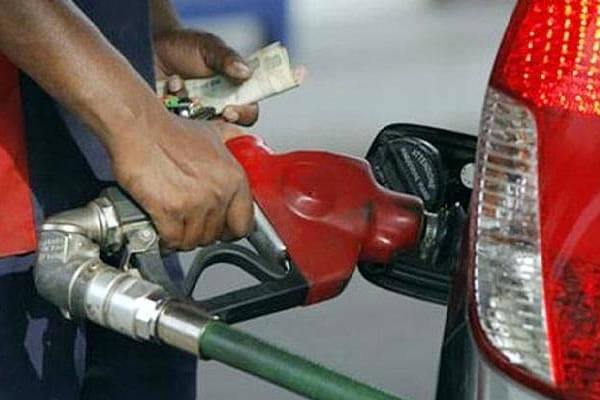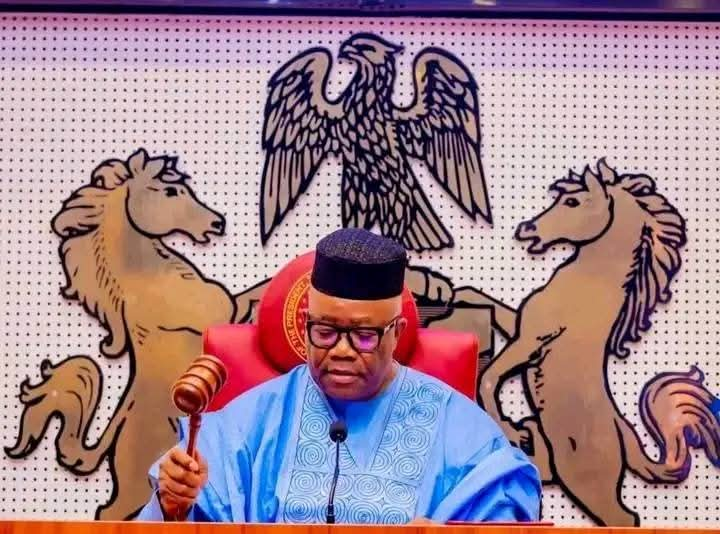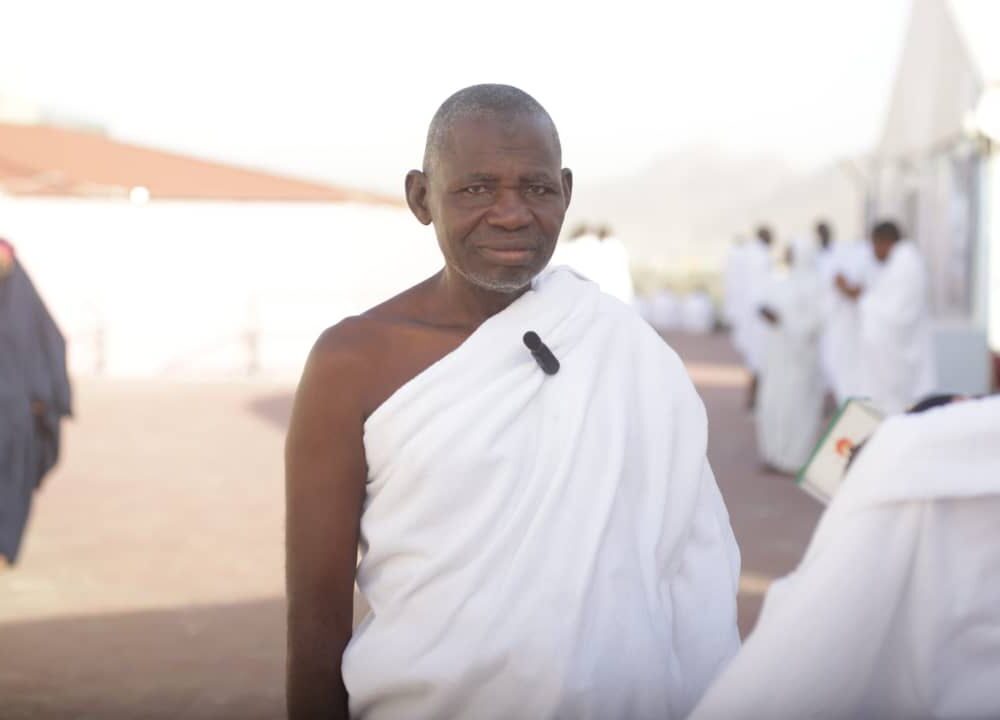The federal government, on April 5, 2023, announced that it secured the sum of $800 million from the World Bank as part of its post-subsidy palliatives scheme.
Reiterating the government’s decision to proceed with the proposed petrol subsidy removal, Zainab Ahmed, minister of finance, said the fund would be disbursed to the 10 million households (about 50 million Nigerians) considered to be most vulnerable.
Earmarking N3.35 trillion for under-recovery in the first half of the year, the federal government had said it would halt petrol subsidy payments by June 2023, as it is no longer sustainable.
In 2022, subsidy or under-recovery cost the government the sum of N3.3 trillion in 11 months, while in 2021, payment gulped the sum of N1.43 trillion.
SCALE-UP OF THE NSIP PROGRAMME
Ahmed, speaking on the fund after a federal executive council (FEC) meeting, said the “$800 million funding was for the scale-up of the national social investment programme (NSIP) at the World Bank”.
The minister said the facility has been “secured”.
The (NSIP) was established by President Muhammadu Buhari in 2015 to address short-term and long-term socio-economic imbalances and inequality.
The programme is said to include a range of initiatives that focus on ensuring a more equitable distribution of resources to Nigeria’s vulnerable population.
An example of such interventions under the NSIP is the national social safety nets project (NASSP) — a social protection framework.
The first phase of NASSP, which was overseen by the ministry of humanitarian affairs, disaster management, and social development; was initially designed to run from June 2016 to June 2022, but later extended to December last year.
The project was funded by a $500 million loan facility from the International Development Association of the World Bank.
The IDA said it aims to reduce poverty by providing zero to low-interest loans (called credits) and grants for programmes that boost economic growth, reduce inequalities, and improve people’s living conditions.
Two years ago, Nigeria’s government introduced the NASSP scale-up (NASSP-SU) project, also implemented by the humanitarian affairs ministry and financed by the IDA.
The project was set up to expand coverage of shock-responsive safety net support among the poor and vulnerable, and strengthen the national safety net delivery system.
In line with the minister’s announcement, the NASSP-SU targets 10.2 million households, and will be implemented nationwide.
LOAN OR GRANT?
News of the fund and its intended use has been received with mixed feelings across the country. Since existence of the money became public knowledge, there have been concerns on whether it is a grant, or a loan (which would further exacerbate the country’s foreign debt).
According to documents seen by TheCable, the World Bank’s board of directors approved the project on December 16, 2021; with FEC giving a nod to the initiative in March 2022.
As a result, the loan facility, which is a deal between the federal government and the IDA, was later signed on August 16, 2022, by Ahmed and Shubham Chaudhuri, country director of the World Bank for Nigeria.
REPAYMENT MODALITIES
It is understood that the loan has three components: economic shock responsive cash transfer ($600 million); extended regular cash transfer (ER-CT) for the poor and the vulnerable ($147 million); and delivery system strengthening and project management ($53 million).
Checks by TheCable show that the facility will be due for repayment in dollars on January 15 and July 15 each year, from 2027 to 2051 (24 years).
This means Nigeria will have to repay the loan from January 15, 2027 to July 15, 2046, at 1.65 percent of the principal amount.
From January 15, 2047 to July 15, 2051, the principal amount of the credit repayable, will increase to 3.40 percent.
“The percentages represent the percentage of the principal amount of the credit to be repaid, except as the association may otherwise specify pursuant to section 3.05 (b) of the general conditions,” the World Bank document reads.
The global lender said the maximum commitment charge rate of the loan is 0.5 percent per annum on the unwithdrawn financing balance.
World Bank said the loan also has a yearly service charge of 0.75 percent on the withdrawn credit balance, as well as an interest charge of 1.25 percent per year, on the withdrawn credit balance.
Meanwhile, according to the agreement, the deadline for the loan to become effective is 120 days after the signature date of August 16, 2022.
Also, the obligations of the federal government under the agreement (other than payment obligations) will terminate 20 years after the signature date.
WHY DISBURSEMENT IS YET TO COMMENCE
In an interview with TheGuardian, Iorwa Apera, national coordinator of the National Social Safety-Nets Coordinating Office (NASSCO), said the programme was slated to begin in January 2023 and last for two years.
“The design is to scale the two million-household cash transfer that is regular to continue to pay out to the poorest of the poor from the national social register,” Apera said.
“The new system will also pay a six-month emergency cash transfer to the targeted urban poor mined from the rapid response register, about five million beneficiaries, which makes it seven million people. It will then pay another targeted 3.2 million people from the rural poor mined from the social register.”
At the FEC meeting mentioned earlier, Ahmed said the fund was “ready for this disbursement”, adding that the “funding” would serve as the first tranche of palliatives that “will enable us give cash transfers to the most vulnerable in our society that have now been registered in a national social register”.
The minister, however, said the fund is yet to be approved by the national assembly — hence the delay in disbursement.
“The $800 million has been negotiated and approved by the federal executive council (FEC) and we now have a request before the parliament for approval. And once the parliament approves it, we will roll it out,” she said.
CALLS FOR TRANSPARENCY IN SELECTION OF BENEFICIARIES
While the cash transfer is being expected, questions are still being raised on how the government identified Nigerians who are vulnerable and how the national social register (NSR) was developed.
According to NASSCO, the NSR uses a combination of geographic and community-based targeting to identify the poor and vulnerable. Their poverty and vulnerability status is further validated through a proxy means test (PMT).
Damilare Ojo, head of investment research at Meristem Securities Ltd, told TheCable that the government’s strategy to cushion the impact of petrol subsidy removal on Nigeria’s poor, was a welcome development.
“However, the modality for making the cash transfer is what has to be well defined to ensure process transparency,” he said.
“Moreover, a targeted household of 10 million means $80 (or about N61,000) per household. This would do very little in providing support, but it is perhaps a good starting point. Transparency and the prevention of corruption in the process are, however, very critical.”
On her part, Titilope Anifowoshe, the executive director of Eagles Foundation for Humanity (EFFH), also called for a transparent procedure in choosing beneficiaries for the project.
She said once the subsidy is removed, Nigerians will begin to buy petrol for “as high as N300 to N500” per litre; noting that there would be a ripple effect in the increase of goods and services.
“This means there will be an increase in the cost of living for the average Nigerian,” she said, querying whether only 50 million Nigerians would be negatively impacted by the subsidy removal.
“Unless and until there is a clear, lucid, unambiguous explanation with regards to how they arrived at the persons who would make up the beneficiaries of this $800 million, I do not think it will indeed ameliorate the suffering of Nigerians.”
‘THE FUND SHOULD BE USED FOR MASS TRANSPORTATION’
Also speaking on the issue, Jide Pratt, chief operating officer (COO) of Aiona, said the $800 million should be used for a mass transportation scheme, with buses that run on gas.
“What you need to do is subsidise the manufacturing of those vehicles — figuring out how much is needed for intra-state and inter-state travels. When you make these vehicles, co-opt gas into it,” he said.
Pratt, who doubles as the and country manager of Trade Grid, also suggested that the movement of farm produce should be prioritised.
“How do you move produce from farmlands to the market? You also do that mostly now by petrol cars,” he said.
The Trade Grid COO added that the government could “keep some of these monies in and import gas-powered vehicles”, as it would reduce the cost of transportation of foodstuff and people.
[TheCable]





